Archives
- 2025-12
- 2025-11
- 2025-10
- 2025-09
- 2025-03
- 2025-02
- 2025-01
- 2024-12
- 2024-11
- 2024-10
- 2024-09
- 2024-08
- 2024-07
- 2024-06
- 2024-05
- 2024-04
- 2024-03
- 2024-02
- 2024-01
- 2023-12
- 2023-11
- 2023-10
- 2023-09
- 2023-08
- 2023-07
- 2023-06
- 2023-05
- 2023-04
- 2023-03
- 2023-02
- 2023-01
- 2022-12
- 2022-11
- 2022-10
- 2022-09
- 2022-08
- 2022-07
- 2022-06
- 2022-05
- 2022-04
- 2022-03
- 2022-02
- 2022-01
- 2021-12
- 2021-11
- 2021-10
- 2021-09
- 2021-08
- 2021-07
- 2021-06
- 2021-05
- 2021-04
- 2021-03
- 2021-02
- 2021-01
- 2020-12
- 2020-11
- 2020-10
- 2020-09
- 2020-08
- 2020-07
- 2020-06
- 2020-05
- 2020-04
- 2020-03
- 2020-02
- 2020-01
- 2019-12
- 2019-11
- 2019-10
- 2019-09
- 2019-08
- 2019-07
- 2019-06
- 2018-07
-
As for the molecular mechanism Ferguson BD suggested that
2021-04-12
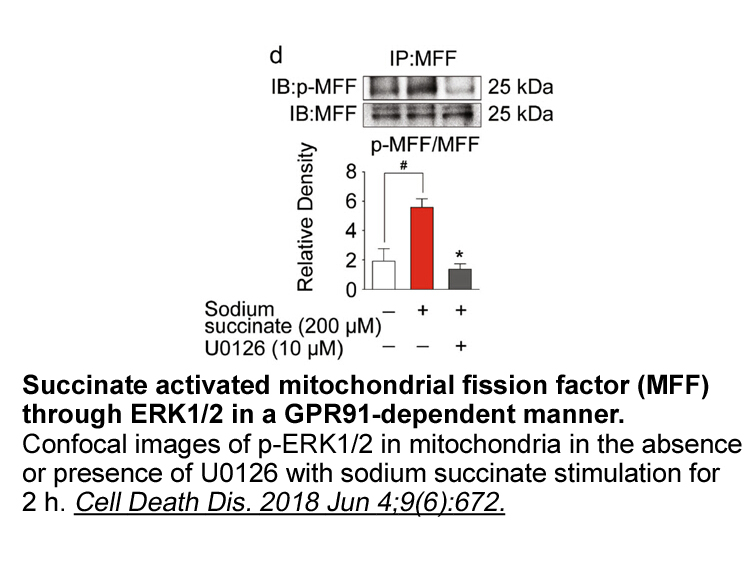
As for the molecular mechanism, Ferguson BD suggested that EphB4/EphrinB2 stimulation induced topoisomerase I activity in small cell lung cancer cell lines. Treatment of 6,7-dihydroxy Bergamottin synthesis with EphrinB2/Fc induced topoisomerase activity as assessed by DNA relaxation in cells with h
-
br Introduction The development of non melanoma skin
2021-04-12
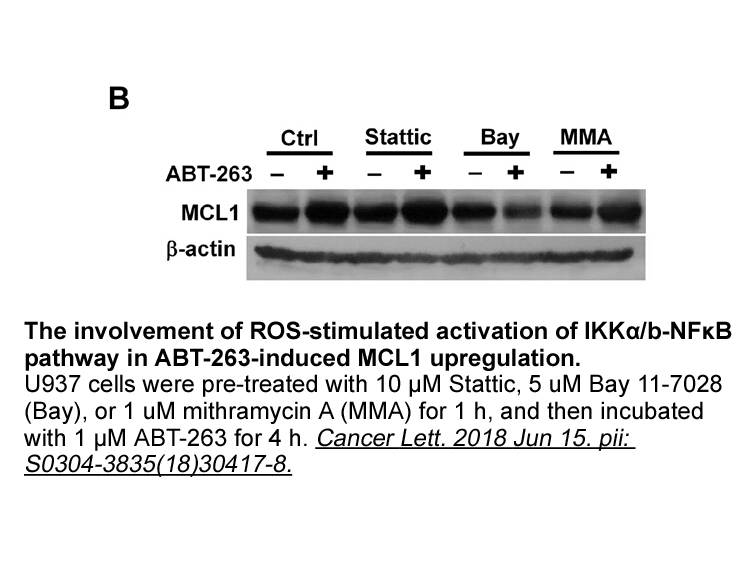
Introduction The development of non-melanoma skin cancer (NMSC) is a complex process characterized by the acquisition of altered proliferation and invasiveness. These changes are classically defined as occurring in stages, i.e., initiation, promotion, and progression. In the two-stage model of in
-
Although the reasons why viral
2021-04-12
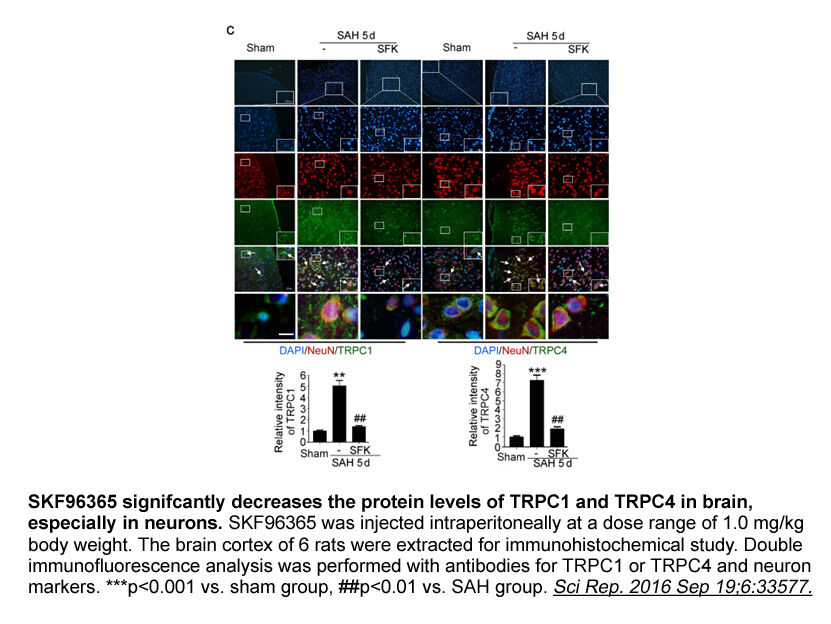
Although the reasons why viral RNA does not bind to and activate PKR in WNV-infected cells are not known, some of the known characteristics of flavivirus infections provide possible clues. The viral nampt inhibitor protein forms dimers that associate with ER membranes and viral RNA (Lindenbach et a
-
br Conclusions br Acknowledgements This work was supported b
2021-04-12
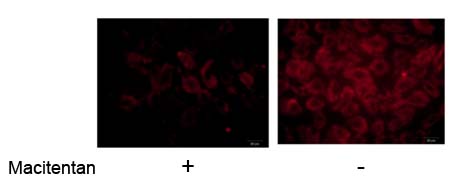
Conclusions Acknowledgements This work was supported by the Science and Technology Planning Projects of Guangdong Province (2014A020210027); the Major Scientific Research Projects of Universities in Guangdong Province (2016KZDXM042); the Natural Science Foundation of Guangdong Province (2015A0
-
br Ubiquitination and deubiquitination pathways Ubiquitinati
2021-04-12
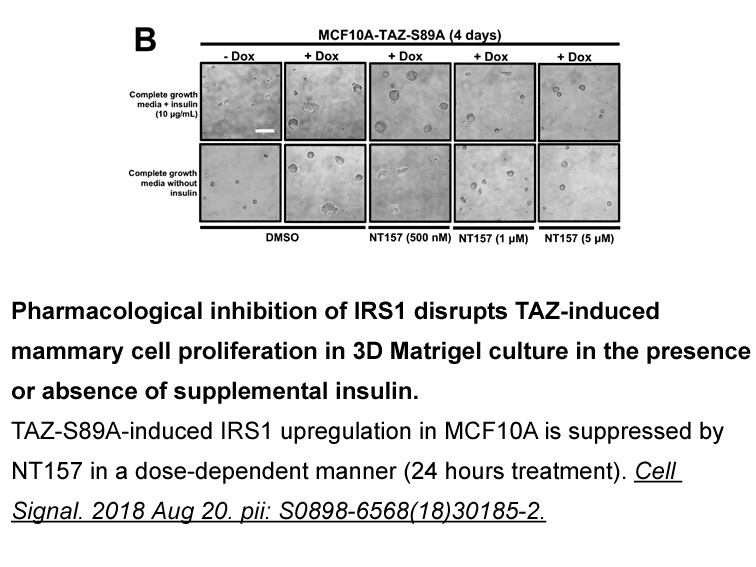
Ubiquitination and deubiquitination pathways Ubiquitination is a part of the post-translational modification (PTM) process. Ubiquitination affects proteins in various ways, but its main functions are to signal protein degradation via the 26S proteasome, modify cellular location of proteins, affec
-
Contrary to the profuse dopaminergic innervation of the
2021-04-12
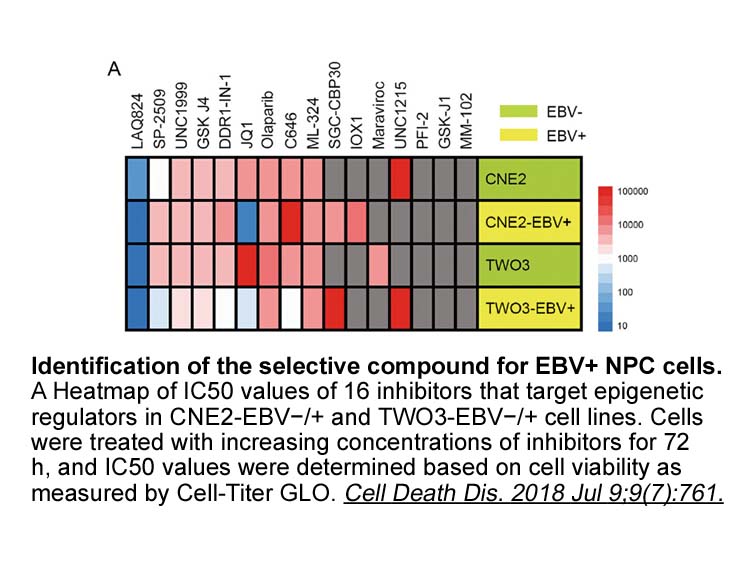
Contrary to the profuse dopaminergic innervation of the thalamus found in human and non-human primates (Brown et al., 1979, Sanchez-Gonzalez et al., 2005), in rodents, the RTn is one the few thalamic nuclei that receives dopaminergic input (Anaya-Martinez et al., 2006, Garcia-Cabezas et al., 2007, G
-
Cryptosporidium is a protist causing serious diarrhea
2021-04-12
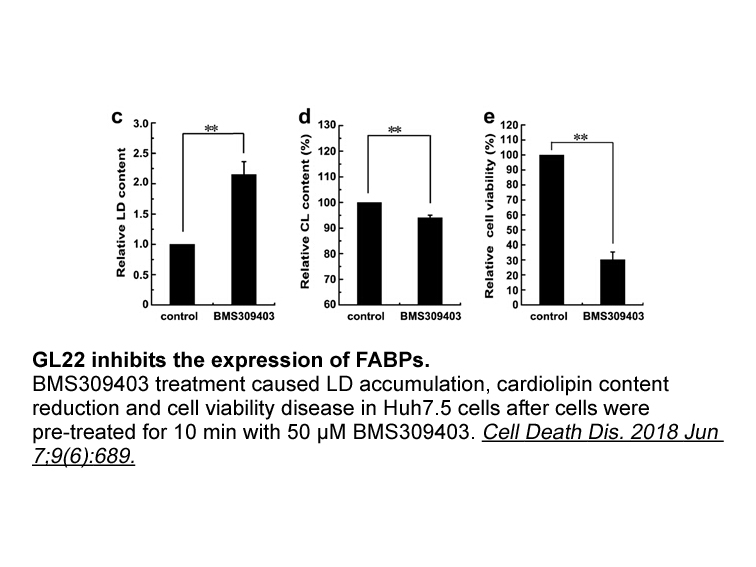
Cryptosporidium is a protist causing serious diarrhea in humans and other animals (Bouzid et al. 2013). In its mitosomes, the most reduced forms of mitochondria, it is assumed that the membrane potential is generated by a simple respiratory chain consisting of transhydrogenase, type II NADH dehydro
-
However there are still some issues that remain poorly
2021-04-12
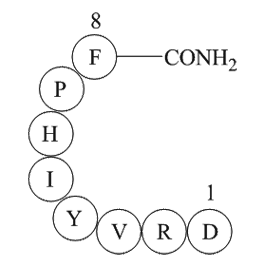
However, there are still some issues that remain poorly understood. For instance, how TGF-β modulates DDR2 expression and whether Smads participate in the regulation. How does DDR2 regulate the expression of PTHrP via Runx2? Is there any other kinase downstream of DDR2 participating in PTHrP regulat
-
Introduction Cysteinyl leukotrienes CysLTs LTC LTD and LTE a
2021-04-12
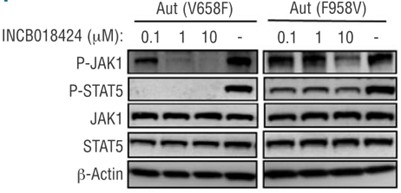
Introduction Cysteinyl leukotrienes (CysLTs), LTC4, LTD4 and LTE4, are 5-lipoxygenase pathway metabolites of arachidonic Febuxostat and deeply involved in bronchial asthma via activation of CysLT1 receptors [1], [2]. Specific CysLT1 receptor antagonists, including pranlukast [3], [4] and monteluka
-
We propose two hypotheses to interpret our
2021-04-12
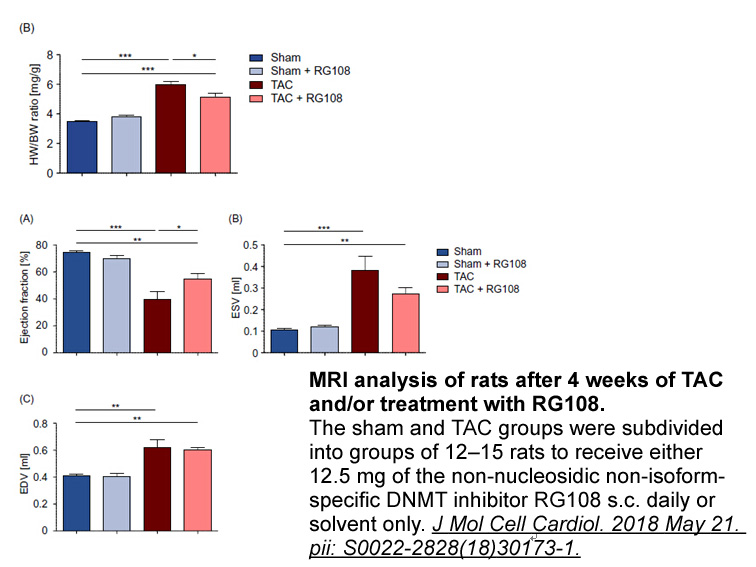
We propose two hypotheses to interpret our findings. The first, ELR (+) CXC chemokines stimulate both CXCR-1 and CXCR-2 chemokine receptor while activating neutrophils; however CXCR-1 chemokine receptor seems to play more active role in the process of neutrophil migration as shown in previous studie
-
br Results br Discussion Unraveling the molecular
2021-04-12
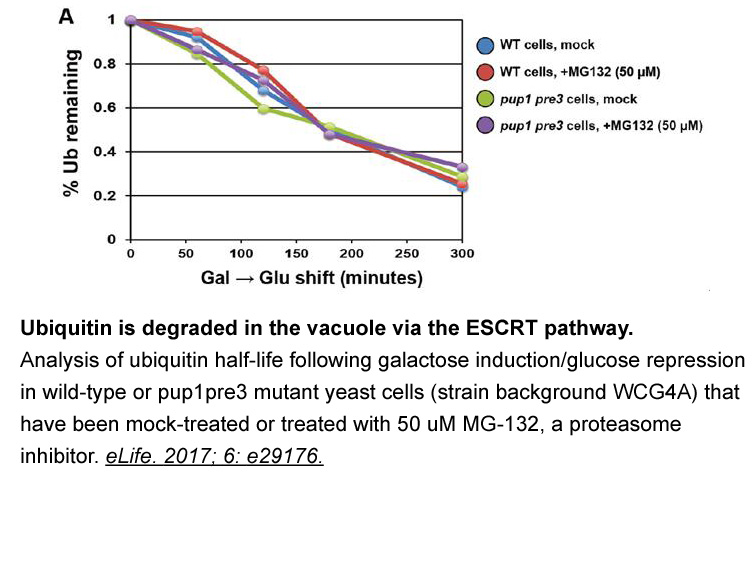
Results Discussion Unraveling the molecular details of nucleoporin-karyopherin interactions, which have to be strong enough to promote transport but sufficiently weak to avoid stalling of transport complexes within the pore, is key to our understanding of the mechanisms of nucleocytoplasmic tr
-
Goel et al reported study of diacetoxy methylcoumarin DAMC
2021-04-12
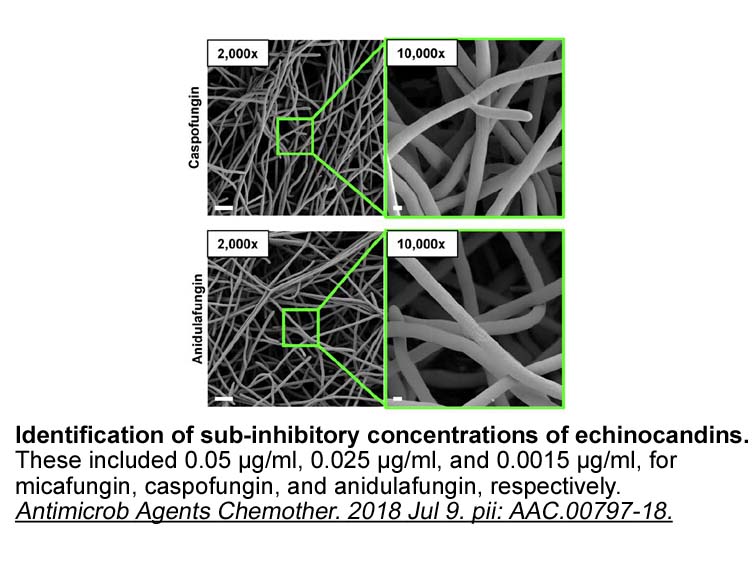
Goel et al. reported study of 7,8-diacetoxy-4-methylcoumarin (DAMC) 63 and its thiocoumarin derivative 7,8-diacetoxy-4-methylthiocoumarin (DAMTC) for their effect on human non-small cell lung cancer A549 cells. The study suggested that the 7,8-diacetoxy-4-methylcoumarin (DAMC) 63 downregulates Bcl-x
-
The assessment process is even more difficult when
2021-04-12
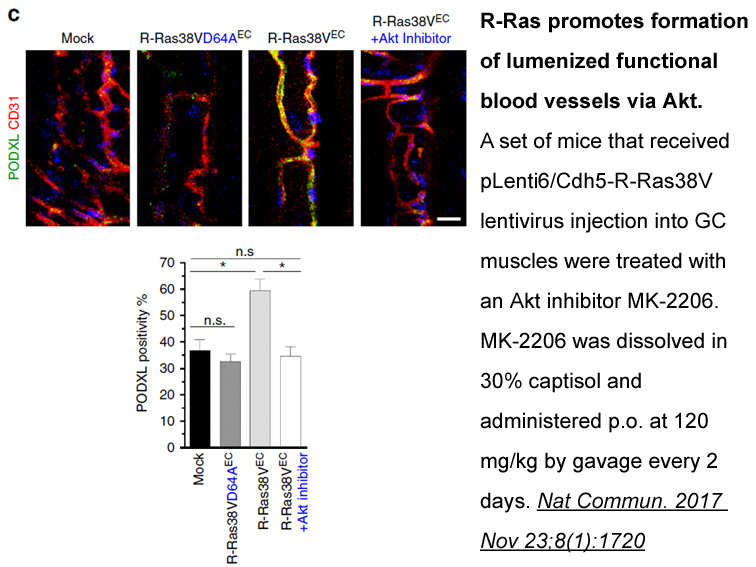
The assessment process is even more difficult when Commercial-Off-The-Shelf (COTS) components – whose internals are partially or totally unknown – come into play. COTS are being increasingly used by the industry to reduce costs and to shorten development (and possibly deployment) time. However, sinc
-
Some limitations of this study must be noted
2021-04-12
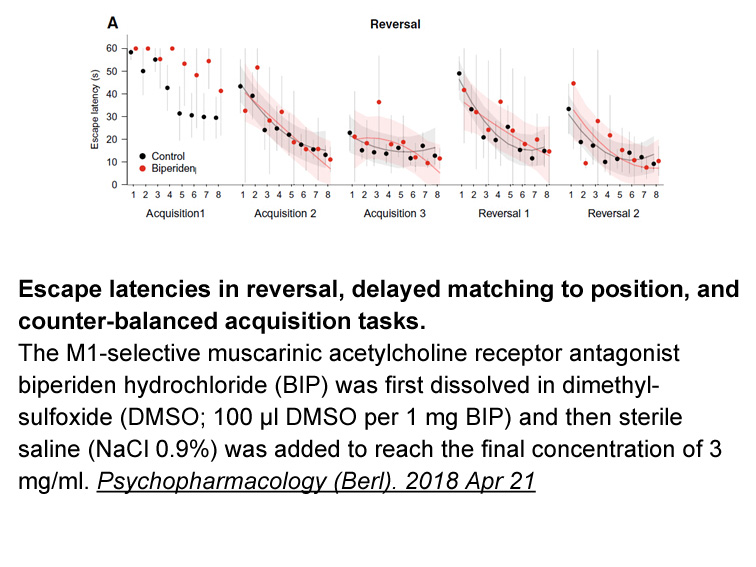
Some limitations of this study must be noted. First, since the pretransplant evaluation of the T-cell immune response was performed just before transplantation, we cannot establish whether samples obtained at different times before the transplant would offer similar results, since end terminal disea
-
More than thirty enzymes with PLA
2021-04-10
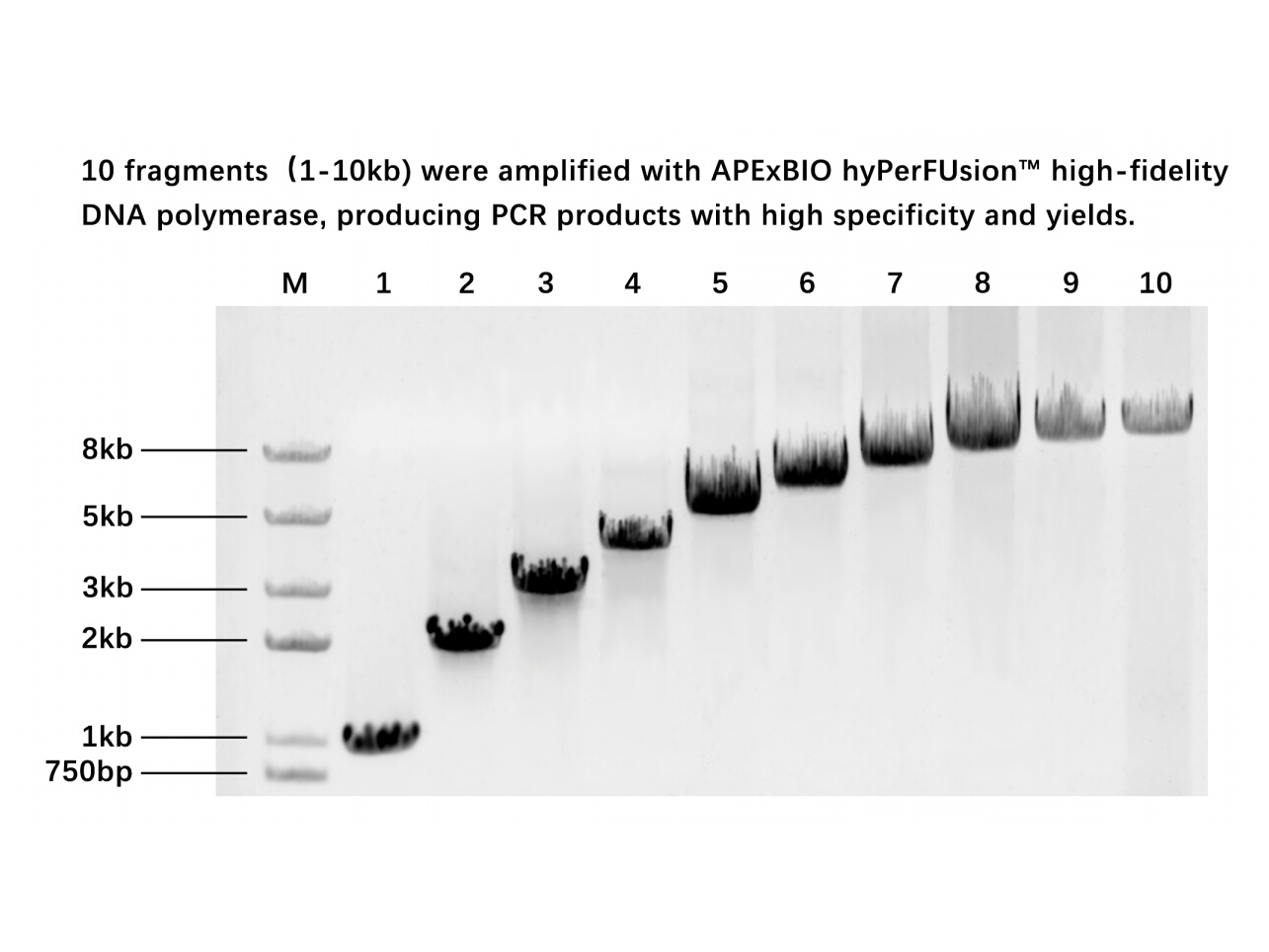
More than thirty enzymes with PLA2 activity have been described and, based on sequence similarities, they are currently classified in 16 groups, each containing several sub-groups [16]. However, based on biochemical features these enzymes are frequently grouped into six major families: secreted phos
15544 records 704/1037 page Previous Next First page 上5页 701702703704705 下5页 Last page